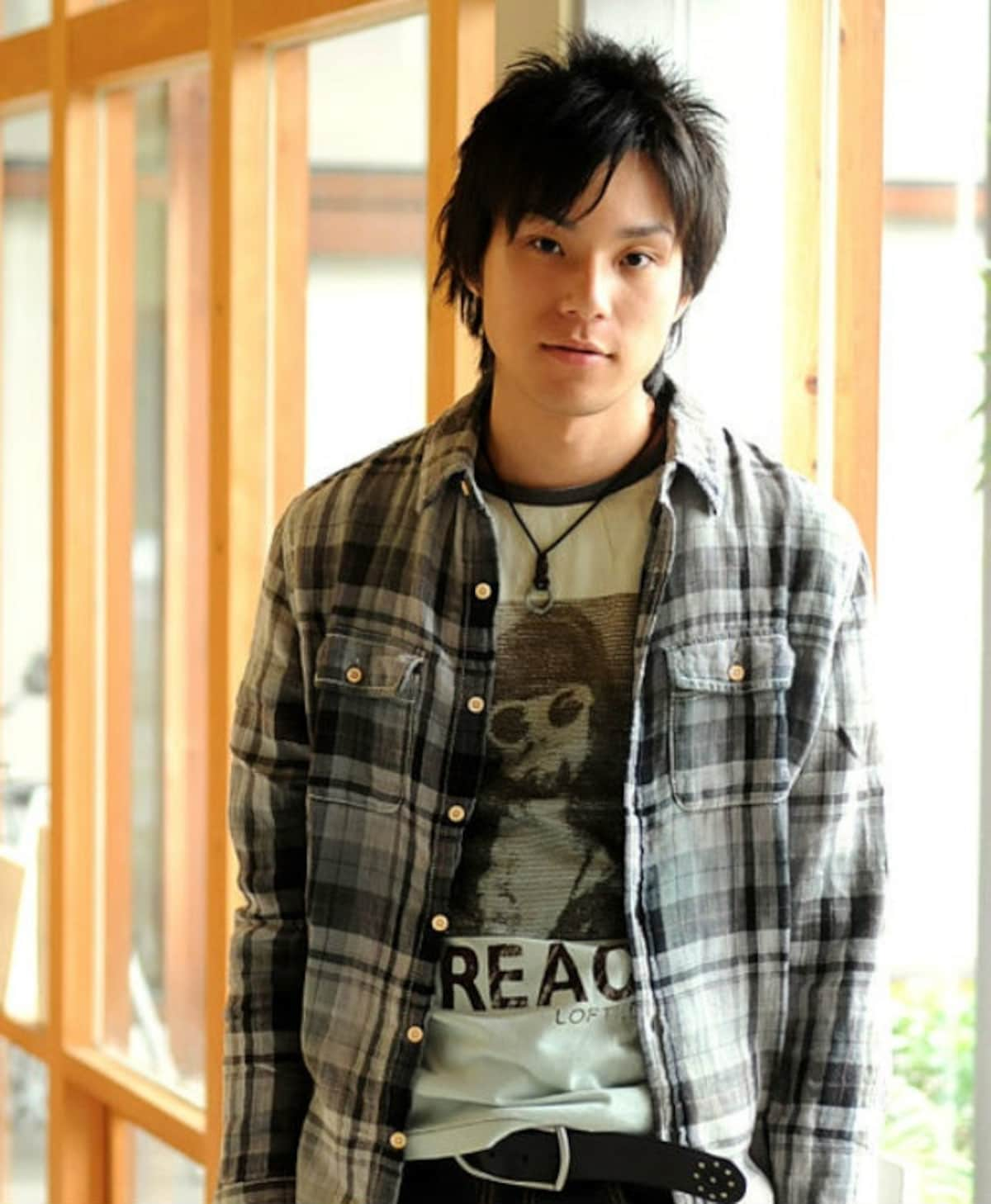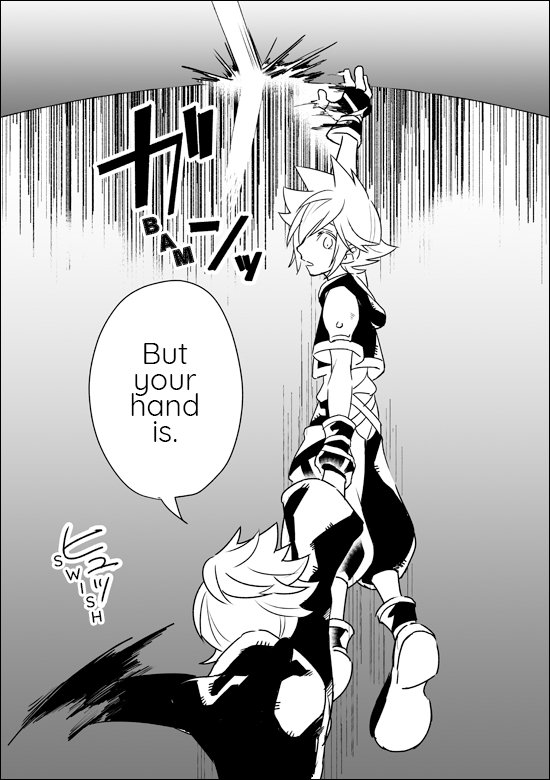

If you can learn how to make Teriyaki sauce as well as Japanese style rice there are a wide variety of traditional Japanese dishes you can make… plenty of recipes online. (Think of it as a Japanese style barbecue sauce.) Kabayaki sauce is made by mixing soy sauce, mirin and sugar, then boiling them up in a sauce pan.
#TRANSLATE TOTEMO SUKEBE PRO#
(Its most famous for being eaten with Teriyaki outside of Japan) – but if you go to a Yakitori shop and order Yakitori you’ll hear “Tare to Shio?” when they take your order(たれとしお?) – This means, “teriyaki sauce or salt?” – If you can answer the big question it means you’re a pro at ordering Yakitori. Tare is referred to as Teriyaki Sauce in English. 丼物 (donburimono, donburi for short) refers to a wide array of dishes served over rice, including YOSHINOYA’s famous牛丼(gyudon), beef served over rice. Look for the “tic tac toe” kanji on the menu. 丼 – for example, マグロ丼 is (raw) maguro served over rice. 丼 is another Kanji to look for on menus…(don) – It means served over rice, so 鰻丼=unagi don. The most traditional type of kabayaki is UNAGI (eel). Maguro is tuna… As maguro is widely eaten in Japan, it is best that you can recognize this word in Kana, as well as the kanji 魚… If you turn it on its side can you see what it looks like? A fish (sakana/さかな)– notice the fishing hook on the top and fins on the bottom. Which leads to the golden word: 流すーnagasu To flush… Don’t ask me what it looks like… just make sure its not the two combs facing apart.įollow the tips and you emergencies will be limited to… umm… that which nature intended… and remember, if all else fails there’s always braille. (two combs facing apart and some funny asteroids dude?) I’m sure all of use foreigners have that anxiety that once day we will push a button thinking it will make a toilet flush or something good happening only to set off an alarm… learn the above Kanji, and that’ll never happen again. This leads to a button you’ll see on consoles that you want to be sure not to push by accident: *Other kinda looks like a lady riding some dude who’s leaning against the sink in standing position. It can also help to know the Kanji for on, off and high… You can remember the Kanji easily as it resembles a man facing away from a urinal singing “Tomorrow, tomorrow” from the musical ANNIE as he goes in the wrong direction and people are pleading for him to stop. Upon pushing this button, one other button is essential to know how to use to avert a classic Blake Edwards type slapstick comedy situation… – In English we would say #1 and #2 reading it right to left…Īnother amazing J-toilet feature is the washlet, with choices おしり (oshiri) meaning backside and ビデ ー bidet, which is a bit more self explanatory to Europeans. This eco-friendly feature gauges the flush to the damage of your deed.
#TRANSLATE TOTEMO SUKEBE CRACK#
Still… with a little Japanese knowledge, taking a crack at the “big console” shouldn’t be too difficult… If however, your Japanese is not so good, you’ll be relieved to know that many toilets come with a special foreigner friendly knob… The first, JLPT2 style, which also has braille… As braille is infinitely easier to learn than Kanji, you might want to consider taking a crack at it before coming to Japan… Living in a country where a toilet can be this complex can be daunting…įortunately, most toilets come in two varieties. If you want to read up further about the Chikan problem in Japan, here’s an article from the Japan Times about it… Often you may be requested to provide your “anshin bango” when at the bank or at an ATM in Japan… ANSHIN BANGO is your security number. It also says “Sono koi tsumi desu…” This (*illustrated) action is a sin*!!! (*Can also mean crime or indescretion.)Īs one initiative to make riders feel safer some trains have CC cams… but they seem more like a type of promo (only one car on the line had the stickers, but they were on EVERY window!!!)Ĭan you see the word 安心? It means security or peace of mind (anshin)… Notice the characters for 犯罪… It says “Chikan wa hanzai!” (Molesting is a crime!) this message from the police warns that its a crime and immoral…

The problem is most common on trains… At a train station in Urawa. Here’s a look out for CHIKAN warning sign by the entrance of a narrow road leading through the woods… The word for a molester in Japanese is チカン (chikan). I guess every country has their fair share.


Update: Trending in Japan #女子高生の気分 Saitama perv breaks into HS & arrested taking a late night swim in school girl uniform.


 0 kommentar(er)
0 kommentar(er)
